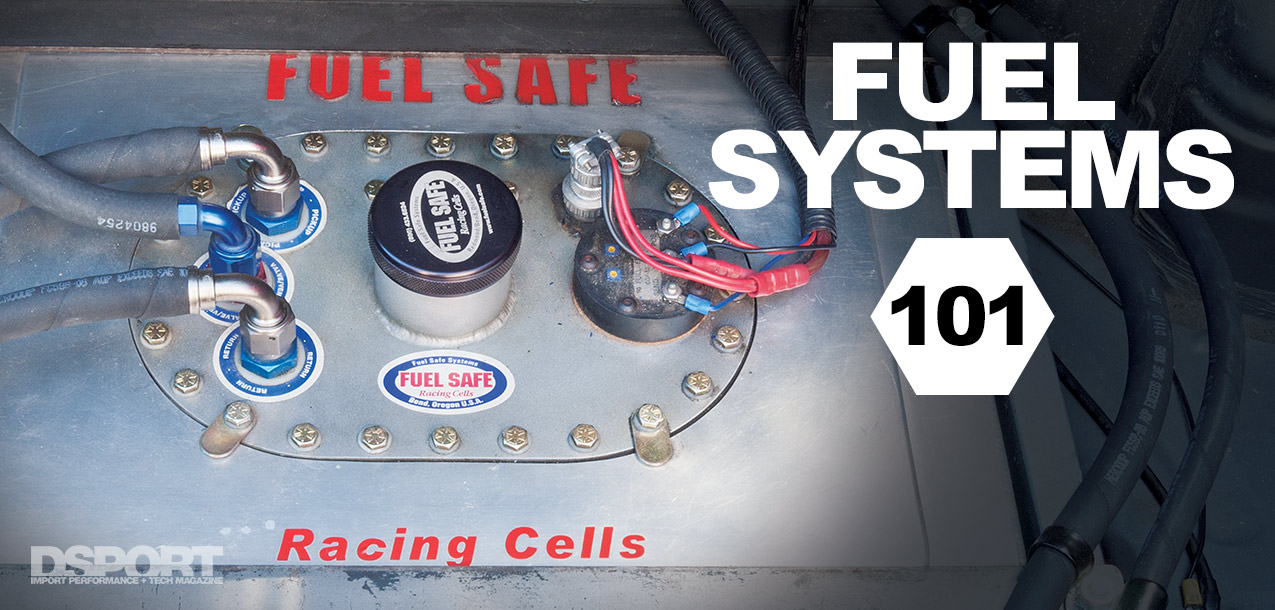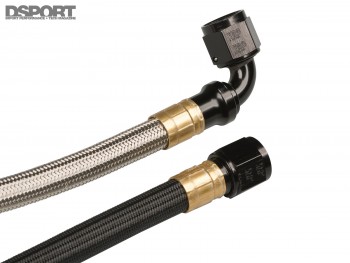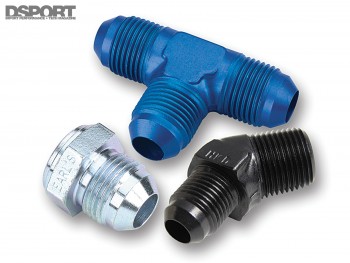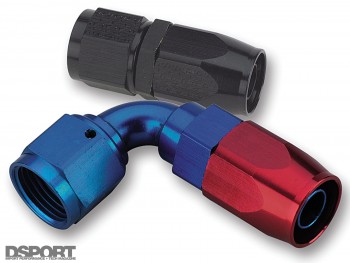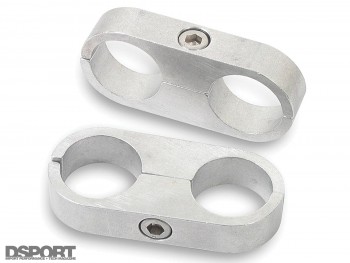Line Dancing
In fuel-injected systems, fuel feed line pressures can be as high as 120 psi so it’s best to make sure that the lines and connections in your system are up to task. High-pressure rubber fuel injection lines are readily available, but they can also be replaced with steel-braided lines for added strength. Be sure that your replacement fuel supply lines have an inside diameter equal to or greater than your existing lines to prevent the unintentional introduction of higher-line pressures or lower flow rates. In return-type systems, fuel is returned at a lower pressure than that found in the feed line or fuel rail. These can be replaced and upgraded as required.
Some builders will replace sections of flexible line with “hard lines”, usually aluminum tubes bent into straight lengths with large radii that run along the firewall and undercarriage. This offers the greatest protection from high line-pressure failure and offers the least amount of maintenance. The down side to hard lines involves the difficulty of bending the tubes and trying to use as few sections as possible in the piping run; more sections equates to more transition and connecting points, which may themselves be subject to pressure leaks and separations.
In boosted return-type applications, boost-dependent fuel pressure regulators are available that can be mounted to either the factory fuel rail, an upgraded rail or away from the rail/injector assembly altogether. These regulators work by allowing the line pressure to build to a level higher than normal line pressure before venting excess pressure back to the tank. For the most part, these regulators have a 1-to-1 pressure raising factor; for each 1 psi increase in manifold pressure the regulator allows a 1 psi increase in feed line pressure. This allows the injector to supply the proper volume of fuel for the extra oxygen introduced when the engine is under boosted conditions. Some regulators have a rising rate that increases the line pressure at a higher ratio than 1-to-1; a common rising-rate regular type in bolt-on turbo and supercharger kits is 12-to-1, meaning a 1 psi increase in manifold pressure will raise the fuel pressure in the line by 12 psi, while a 10 psi increase in manifold pressure will raise the fuel pressure up to 120 psi (the fuel line pressure will only increase as much as the fuel pump and booster pump will supply.)
In non-return type fuel systems the regulator, normally found in the fuel tank, does not vary on load conditions. The output of the regulator is fixed at a single pressure; when the system sees a drop in fuel pressure (under load), the ECU commands the injectors to fire for a longer duration or increases the voltage supply to the pump. Either case ensures adequate fuel supply for the increased demand.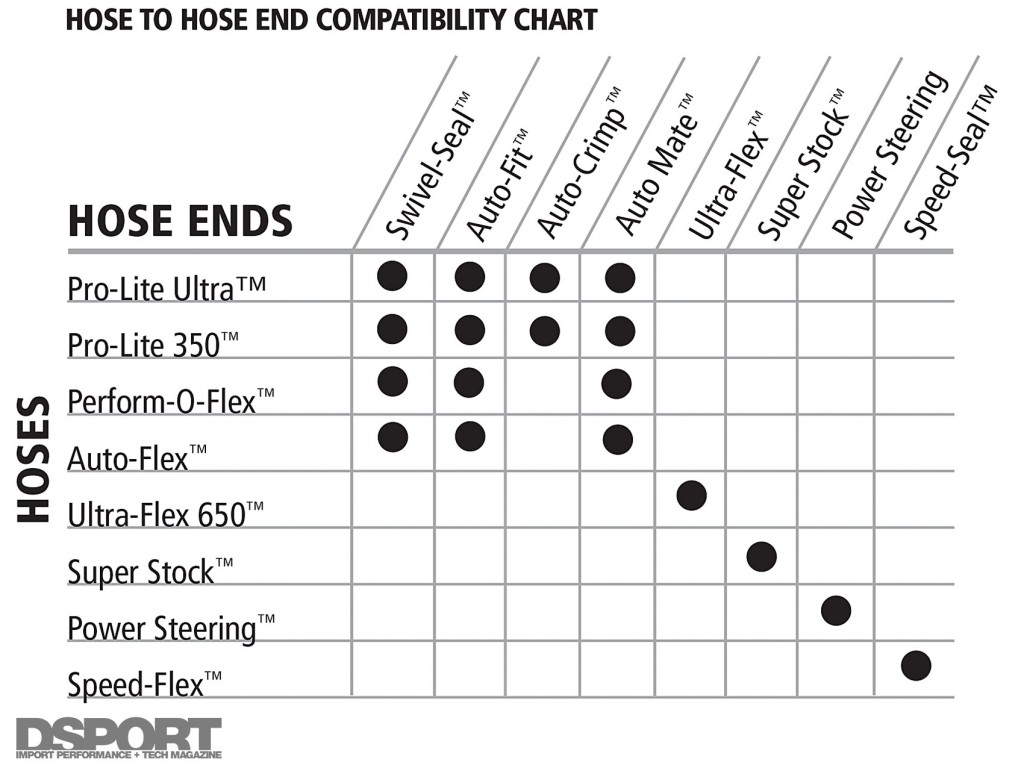
Railway Regulations
The fuel rail is the last distribution point in the fuel system before fuel is sent to the injector. In return-type systems, each fuel rail is connected directly to the injectors that it feeds and relies on a fuel pressure regulator to relieve excess fuel pressure. The regulator maintains fuel pressure based on intake manifold pressure and routes the excess fuel back to the fuel tank. In non-return systems, the fuel rail serves only as a distribution center for all the fuel it receives; feed pressure is regulated by an in-tank regulator before being sent to the fuel rail so there is no excess fuel or fuel pressure to return to the tank.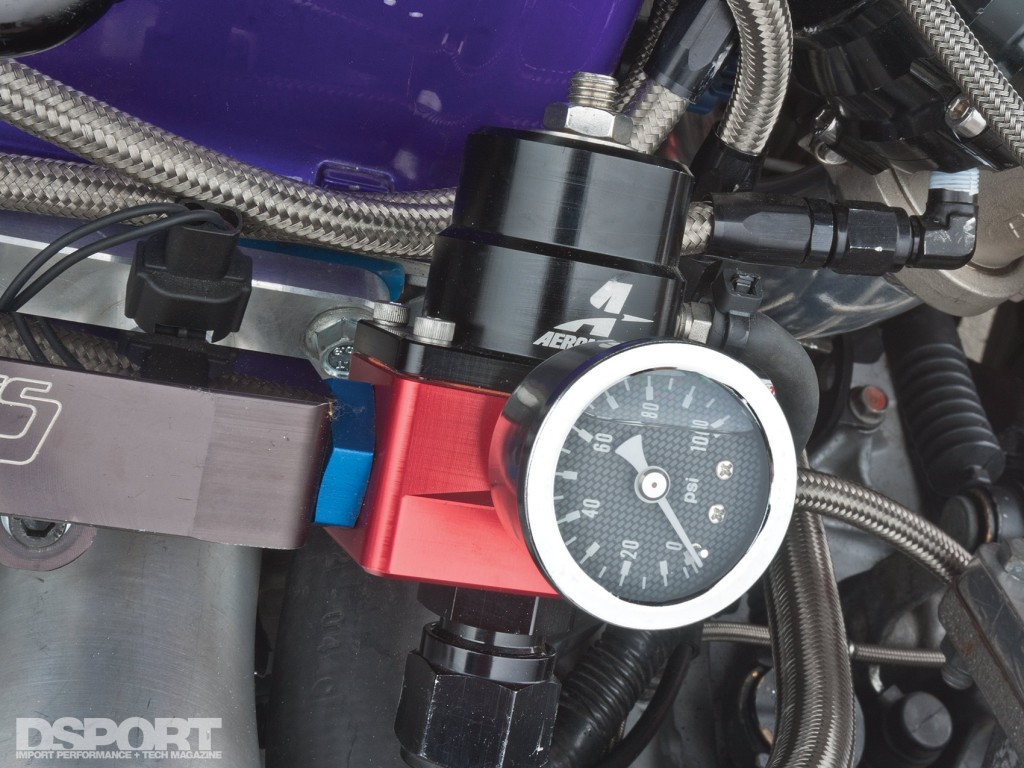
Fuel pressure regulators rely on a vacuum signal from the intake manifold to adjust pressure as boost increases.


